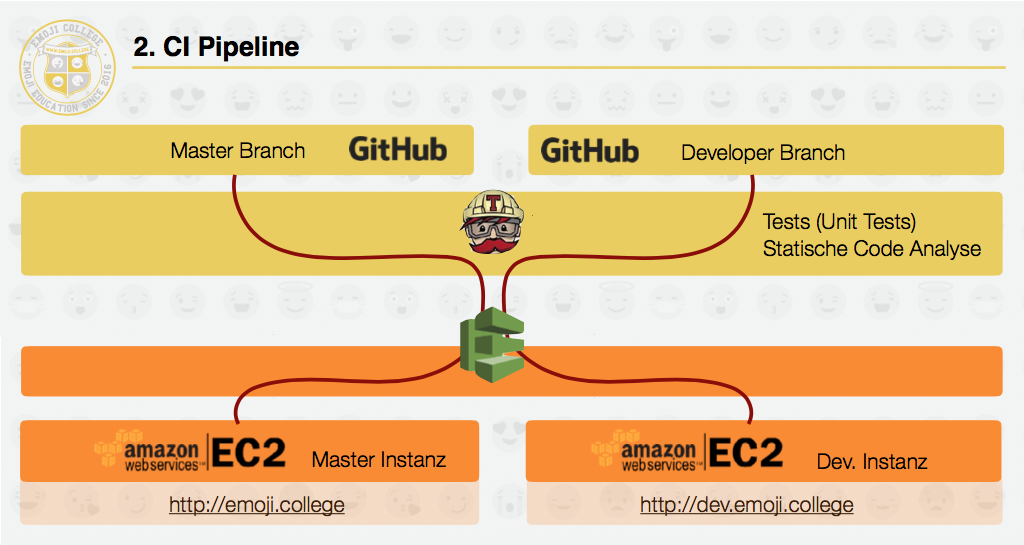Tag: Continuous Integration
Migrating from Heroku to Hetzner: Achieving Scalability with Docker, Kubernetes and Rancher
Dockerizing an existing application and deploying it in a Kubernetes Cluster via Rancher to achieve better scalability and cost minimization. Load Testing with Artillery, Monitoring with Prometheus & Grafana and GitHub Actions for CI/CD were used in the process.
Continuous Integration – Move fast and don’t break things
Continuous Integration is an increasingly popular topic in modern software development. Across many industries the companies acknowledging the importance of IT and delivering value to their customers through great software prevail against their competitors. Many reports indicate that Continuous Integration is one of the major contributing factors to developing high quality software with remarkable efficiency.…
Building an HdM Alexa Skill – Part 4
We present our own HdM Alexa Skill and share the experience we gained throughout this project. This time: Automating tests and deployment with Continuous Integration via Jenkins.
Choosing the correct build system for your game project
In this blog entry we take a look at Travis CI, Jenkins, Gitlab CI and Buildbot and evaluate their benefits and downsides when trying to build a content heavy project with it (e.g. games).
Microservices – Legolizing Software Development IV
An automated development environment will save you. We explain how we set up Jenkins, Docker and Git to work seamlessly together.

Continuous Integration with Travis CI and Amazon Webservices
Introduction In the the course Software Engineering and Management and Interactive Media at Stuttgart Media University, we launched an interactive web application called Emoji College. www.emoji.college The following blog entry is a brief description of what is going on in this project. The main focus relies on the implementation of a continuous integration pipeline with…
